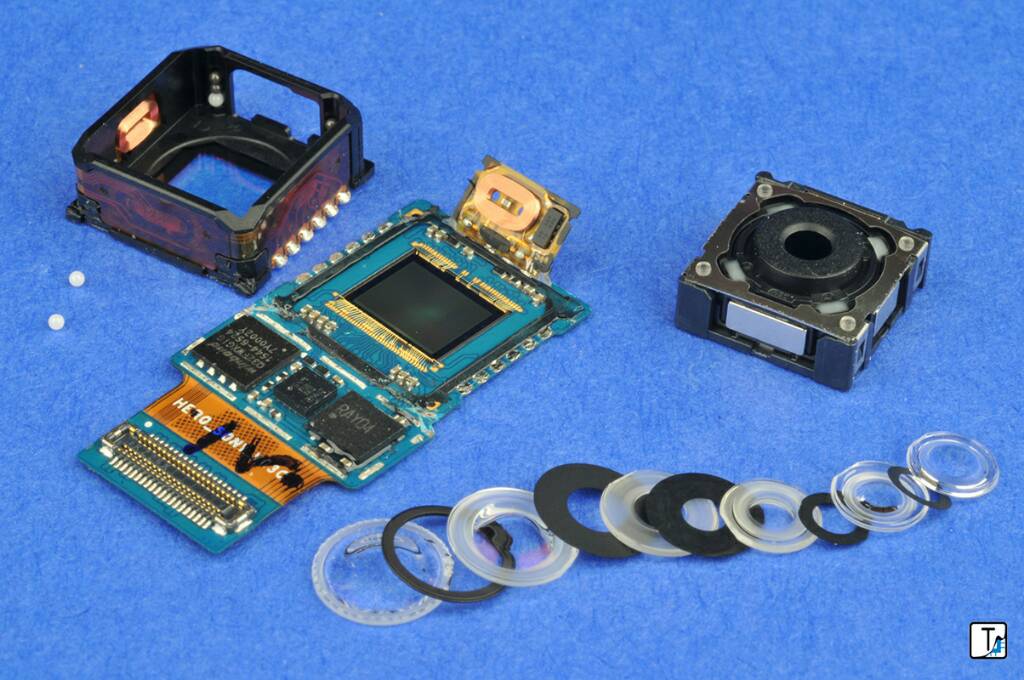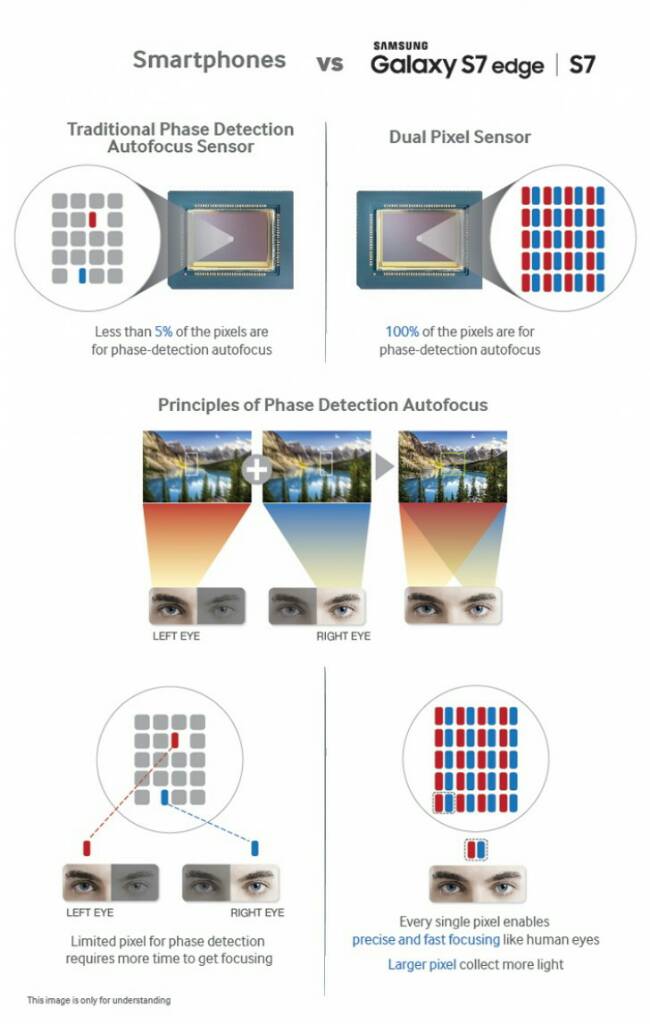I've had my S7 less than a month. Recently I discovered the rear lens cover shattered. Phone was not dropped and as far as I know this just happened while the phone was in my pocket. I have an OtterBox case on it, but that leaves the camera lens and its cover exposed. Researching this I'm finding a few reports on the net about the same thing happening to others. This cover glass is amazingly thin and I don't see how it can provide much protection other than as a dust seal. I placed some transparent tape on it to keep the shards from either breaking off in my pocket or coming loose and scratching the actual camera lens.
I took it to my local phone repair shop for an estimate and he said all I needed to do is buy a replacement cover glass (like this one on Amazon - Amazon.com: EShine® Back Rear Camera Glass Lens Replacement + Adhesive Preinstalled for Samsung Galaxy S7 G930 / S7 Edge G935 (ALL CARRIERS)+ EShine Cloth: Cell Phones & Accessories) and that I could do it myself from the outside without having to take the case apart. He advised to be very sure I had removed all the shards of the original broken cover which are sticking to the underlying adhesive, as any tiny pieces would create stress points that would crack the replacement.
So I bought the replacement cover glass and went about cleaning out the old broken pieces, using a hair dryer to soften the adhesive and fine tweezers to pull of the glass pieces. This turned out to be a slower and more painstaking job than I anticipated. Tiny glass pieces adhering to the adhesive are almost impossible to see, and it is necessary to use a strong light, moving around from all directions, to spot them by their reflections. I've come back to it several times after I thought I was done and have found a few tiny shards left each time, but I think I've got it now.
So I have several questions before I apply the new lens cover:
1) The replacement glass has its own ring of adhesive. Should I be removing the original adhesive pad that surrounds the actual lens first, or just apply the new cover on top of the old adhesive pad? From the tech's comment about being sure all the old shards are removed, it sounds like the pad should stay in place.
2) The camera assembly appears to float within its frame rather than being held rigid. Is this normal? I thought it might be a form of shock protection for the camera.
3) When I fire up the camera with NO cover in place, the focus is not sharp. I had assumed, if anything, it would be sharper than before in the absence of the cover glass. Is it possible the cover is an essential part of the optics, or perhaps part of the autofocus system? If not, my question 2 pops back into play, and perhaps more than the lens cover was damaged.
I took it to my local phone repair shop for an estimate and he said all I needed to do is buy a replacement cover glass (like this one on Amazon - Amazon.com: EShine® Back Rear Camera Glass Lens Replacement + Adhesive Preinstalled for Samsung Galaxy S7 G930 / S7 Edge G935 (ALL CARRIERS)+ EShine Cloth: Cell Phones & Accessories) and that I could do it myself from the outside without having to take the case apart. He advised to be very sure I had removed all the shards of the original broken cover which are sticking to the underlying adhesive, as any tiny pieces would create stress points that would crack the replacement.
So I bought the replacement cover glass and went about cleaning out the old broken pieces, using a hair dryer to soften the adhesive and fine tweezers to pull of the glass pieces. This turned out to be a slower and more painstaking job than I anticipated. Tiny glass pieces adhering to the adhesive are almost impossible to see, and it is necessary to use a strong light, moving around from all directions, to spot them by their reflections. I've come back to it several times after I thought I was done and have found a few tiny shards left each time, but I think I've got it now.
So I have several questions before I apply the new lens cover:
1) The replacement glass has its own ring of adhesive. Should I be removing the original adhesive pad that surrounds the actual lens first, or just apply the new cover on top of the old adhesive pad? From the tech's comment about being sure all the old shards are removed, it sounds like the pad should stay in place.
2) The camera assembly appears to float within its frame rather than being held rigid. Is this normal? I thought it might be a form of shock protection for the camera.
3) When I fire up the camera with NO cover in place, the focus is not sharp. I had assumed, if anything, it would be sharper than before in the absence of the cover glass. Is it possible the cover is an essential part of the optics, or perhaps part of the autofocus system? If not, my question 2 pops back into play, and perhaps more than the lens cover was damaged.


